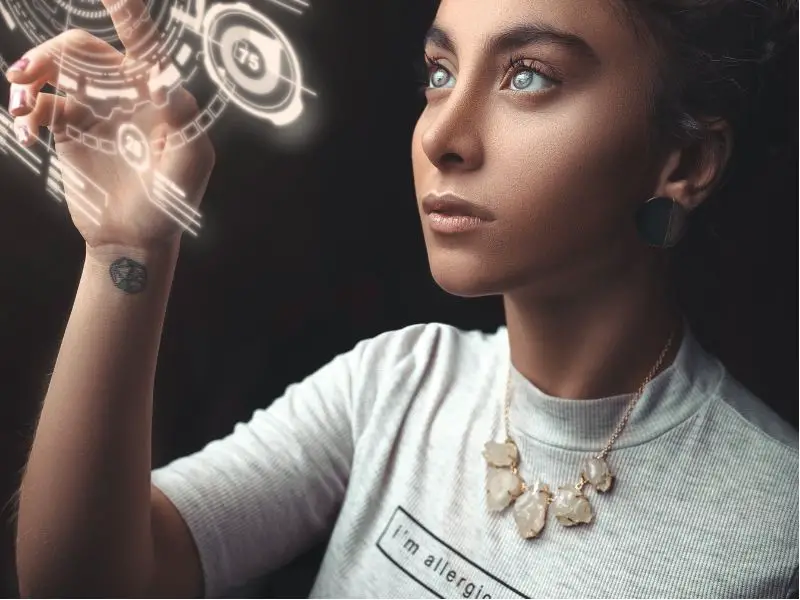WiMi Hologram Cloud Inc. is a renowned Hologram Augmented Reality Technology provider across the globe. It recently announced the enhancement of the 3D CGH Technology with Deep learning. This move is laced with great potential in the field of Hologram Augmented Reality, as it will jumpstart a new era of visual experiences. Through deep learning in the 3D CGH technology, automatic object recognition and 3D modeling will become automated. As a result, the quality and resolution of holographic displays will drastically improve.
WiMi Hologram uses deep learning algorithms to extract quality information from 3D models after going through a series of visual processes, which converts the extracted data into a hologram.
This ground-breaking technology covers data sorting model construction, deep learning model training, and presenting and generating hologram displays.
Data Sorting
To generate quality hologram displays, the first point of action is to sort and prepare a 3D object. The 3D object Data is usually extracted with the help of 3D scanners or through a manual modeling process. The two most important things to focus on in this process are accuracy and data resolution. When the Data is accurate, the preciseness of the hologram will be intact. Also, when the resolution is high, details can be comprehensively represented.
Model Construction
Having sorted and Prepared the 3D object Data, After preparing data of the 3D object, the next step is Model Construction. Model construction is another significant process in converting 3D objects into holograms. This process requires the use of sophisticated 3D modeling software. In the process, more attention should be given to the geometry of the model, as well as the texture mapping details. Both aspects of the model significantly impact the quality of the generated holograms.
Deep learning model training
This is another crucial aspect of converting 3D objects into holograms. This process requires the usage of the Convolutional Neural Network (CNN). Additionally, it requires a large volume of data to improve its accuracy and stability.
Hologram generation
This process is how the holograms are generated. It involves the Integration of the 3D model into the deep learning model, which produces a hologram as its output. Attention must be paid to the light source settings and hologram adjustment. Both factors affect the visual quality and authenticity of the generated holograms.
Hologram display
This is the final stage of the hologram generation process. This process allows one to generate hologram displays with the help of a holographic projector, which serves as a light source.
In this final stage, more attention must be paid to how the light source is positioned, as well as the During the display process, attention needs to be paid to the position of the light source and its brightness. Other attentions one would pay attention to are; the setting and calibration of the projection equipment. These are crucial factors that affect the visual effect and clarity of the final generated hologram.
Conclusively The 3D CGH Technology based on deep learning is characterized by compatibility with many applications like virtual reality, augmented reality, medical imaging, and other fields. When integrated with virtual reality, holograms give the user an exhilarating sense of real presence with the help of 3D effects.
In augmented reality, holograms amplify the realistic objects portrayed. It gives users a deeper comprehension of the 3D structure of objects. In medicine, holograms help Doctors to view medical images with a quality 3D structure. This helps medical doctors to diagnose medical conditions better.




